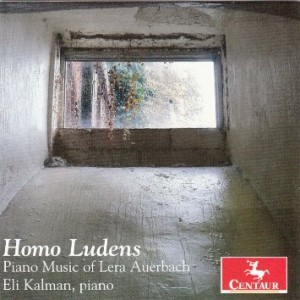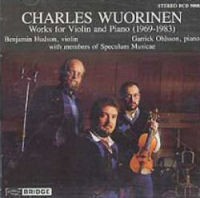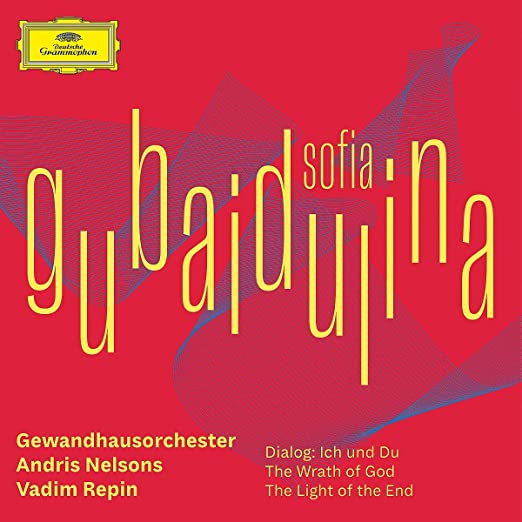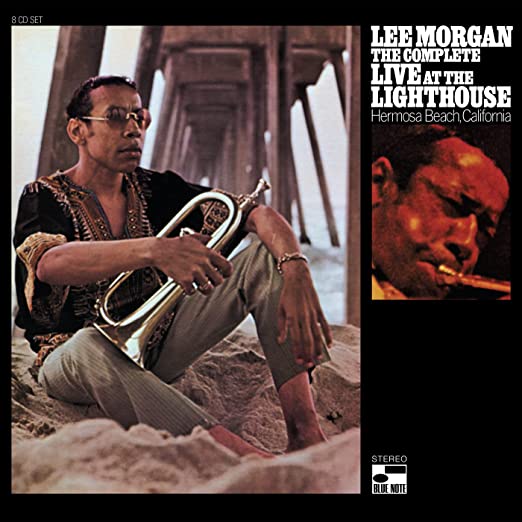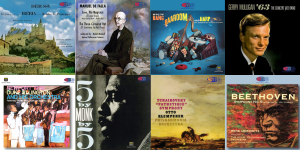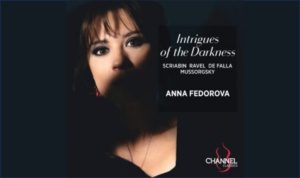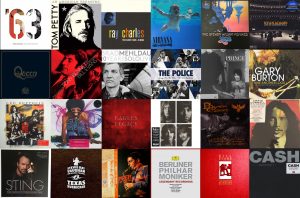Homo Ludens. Piano Music of Lera Auerbach. Eli Kalman, piano. Centaur CRC 3441.
There are three Lera Auerbachs (1973) in this program, held together by a powerful, singular voice that only becomes clear after extended listening. The first Auerbach we hear is in Images of Childhood (2000), a dozen short idylls focused on Auerbach's childhood in Russia. When a European thinks of the past, she instinctively thinks of the nineteenth century. Modernism is adulthood, for better and for worse. What we hear in this first Auerbach is strong hints of Schubert and Schumann crossed with Janacek and perhaps a darkened, less confident version of Tchaikovsky's 18 Pieces, Opus 72. What gives this music its ‘point of view' is a refusal to rest in any one mood, a reluctance to complete narratives it seems to begin. We are given an impression, an image, and then we move on. Most of these pieces are under a minute long. As a group, as a composite musical vision, they give us a rich, poignant, lost world, only recallable in brief photographs. We imagine Auerbach looking around or past modern ways of composing in order to capture or reclaim a sense of an earlier world.
24 Preludes takes off from Images of Childhood. The music of this work is emotionally and aesthetically bolder. We are well clear of the nineteenth century now, perhaps. The Preludes run to two and three minutes each and are sustained enough to let us plug into their moods; but they still resist any sustained narrative or development of a coherent statement. On first hearing, we get the feeling that Auerbach has not just swerved around modernism here but essentially stepped aside from the stream of music history that flows around her. There is no Eastern European angst or neo-romanticism, no gnostic spiritualism, certainly no New Vienna School or expressionistic abstraction. Occasionally we get hints of Shostakovich -- it is hard for Russians to escape him altogether. But this second Auerbach, composer of the Preludes, feels like a truant. This music is not the past but it resists the present. That she intends this music to become, as with the Childhood Images, more than the sum of it parts is denoted by the very moving four and a half minute long “conclusion” that recalls thematic material from earlier preludes. But it takes several hearings to feel this in the work as a whole: to feel a coherence or identity in its musical voice. And when we finally do, what we feel, in a peculiar way, is a radically transformed but emotionally recognizable nineteenth century! It has taken me over a week of living with this music to hear this and it didn't really come through until I backed off a bit, stopped over-thinking what I was hearing. A major artistic voice will find you eventually if you let it. And once you hear it, the overall effect of the work increases dramatically.
Ten Dreams (1999) gives us a third Auerbach, which feels like the culmination of the first two. These individual dreams are not much longer than either the Images or Preludes but they feel longer, seem to probe deeper and seem more settled in their vision. It is as if the Preludes are preludes to the dreams. Preludes to a musical vision which looks with rich, passionate, and soulful power upon, even sometimes through, a modern world so unlike that of the nineteenth century. It is neither angry nor regretfully neo-romantic; rather it is rich with memory and humanity. It has European maturity but a maturity that is tempered by something else. It is interesting to speculate how much Auerbach's decision to emigrate to the U.S. is responsible for her music's moving beyond the Eastern European temper that we might expect from someone of her origins. She has a unique voice, which means either that she is lost and off the track or that she has the mind of a major artist.
Bridge Recordings of Modern American Music, Part 2
Stefan Wolpe, Volume 6 [music for solo piano] David Holzman, piano. Bridge 9344.
Stefan Wolpe's (1902-1972) music for solo piano is hard, especially in the major work of this program, Four Studies on Basic Rows, and most especially coming to him directly from Lera Auerbach. His aesthetic is more cerebral but also wayward, sometimes, though not always, winningly wayward. The music on this recording runs from 1935 to 1959, most of it composed in the 1940's.
Cerebral and wayward? The music of Four Studies has the intensity and power of disciplined thought. It turns sharp corners, jumps from idea to idea with no forgiving transitions in between. But where it goes is never predictable. If it is trying to place a form on reality, as much disciplined thought aims to do, it really does not underestimate the complexity of the world. This is what advanced modern analytic thought sounds like turned into art. “Felt thought,” as TS Eliot would say. It is exciting, demanding, relentless, impressive, sometimes fascinating and magnetic, sometimes off-putting. It cuts us very little slack. The rest of the program goes easier on us. It remains cerebral but intensity is eased. In the end, it is even a bit witty. In some ways Wolpe is the perfect complement to Auerbach, the German American and the Russian American. They conflict head-on, resist each other ferociously, but also illuminate each other. An exciting musical week at the Neill house.
Charles Wuorinen, Works for Violin and Piano, 1969-1983. Benjamin Hudson, violin. Garrick Ohlsson, piano. Members of Speculum Musicae. Bridge 9008.
I've written before about Charles Wuorinen (b. 1938) but as usual rather than returning to earlier notes I'd rather start fresh to see where I come out this time. My memory of his work tells me that Wuorinen is the best natured composer of the American modernists. The solo piano work here, The Blue Bamboola (1980), is a study in dynamic scurrying, acting as a bold introduction to the rest of the program. Six Pieces for Violin and Piano (1977) is a forceful and colorful conversation between the two instruments. Sometimes chromatically piquant, occasionally intimate, often energetic, antic. There is much talking past each other. As a whole the work presents a happily unsettled sense of the world...until we get to the fifth piece, whose plaintiveness brings a thoughtful, questioning quality to the proceedings. This four plus minute jewel stops us in our tracks, preparing us for the final piece which could almost be said to be about silence. We are not aware of any time signature here. Four minutes into its total of five, violin and piano play absolutely together, note by note, until they reach a penultimate jarring dissent, then resettle to end together. Why all of this detailed description? Simply that some works simply want describing.
Spinoff (1983) for violin, contrabass, and conga drums is more typical playful Wuorinen. The double bass here is more fun that a cello would be and the congas feel closer to the strings' family sound than a piano, liked a plucked cello? The result sounds somewhat like a string trio. Fascinating. The Long and the Short for Solo Violin (1969) in a bizarre way seems to be smiling at Berlioz's Harold in Italy (which features a solo viola). It is a modernist walk-about leading us on a curiously aimless journey of changing mood. The program ends with Fantasia (1974) for violin and piano, seventeen minutes of musical whimsy.
Equipment used for this audition: Resolution Audio Cantata CD player; Blue Circle BC 107 solid state preamplifier & NSL 28 watt solid state amplifier, JM Reynaud Offrande Supreme, V2 loudspeakers; Audio Note OTO Signature 10 watt single ended integrated amplifier, K/SPx SE loudspeakers. Crimson interconnects and speaker cable; and Volex power cables.
Bob Neill, a former equipment reviewer for Enjoy the Music and Positive Feedback, is proprietor of Amherst Audio in Western Massachusetts which sells equipment from Audio Note (UK), Blue Circle (Canada), Crimson (UK), Jean Marie Reynaud (France), Resolution Audio (US), and Tocaro (Germany).




